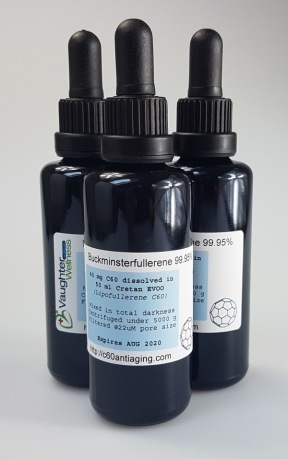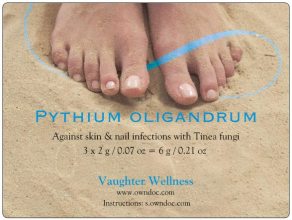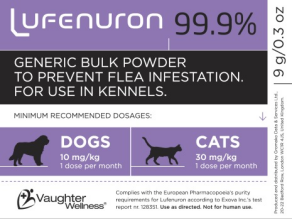
Why garlic helps a bit against Candida
 A lot of bad things have been written about Lectins recently, but not all is as dark as it seems. Not all Lectins are bad. Some Lectins can be allies in the fight against Candida.
A lot of bad things have been written about Lectins recently, but not all is as dark as it seems. Not all Lectins are bad. Some Lectins can be allies in the fight against Candida.
Lectins are chemicals that occur in plants. Plants make them for various purposes, including that of self defence against fungi. Lectins are a kind of proteins that can bind to carbohydrates. In that capacity, some types of Lectins can wreak havoc, by causing things to stick together that shouldn't stick together. The "bioterrorism" / "spy killer" Ricin is a Lectin. Some Lectins are interesting to us because they bind to the glucans or Chitin in the fungal cell wall. There are many plant Lectins but only one select group of Lectins can kill fungi, as we read in "Lectins as plant defense proteins" by Willy J. Peumans and Els J. M. van Damme:
So there are some Lectins with the beautiful name "Chimerolectins", and they kill fungi. All good and well, but the first thing we need to verify when we're looking into the potential usefulness of natural food chemicals to treat disease, is their bioavailability. That's a fancy way of saying: "Does it reach the spots in my body where I have Candida". Because many plant chemicals disintegrate by heat or do not survive the digestive process. Good news, because the same article says that Lectins do survive high temperatures, and do survive being eaten:
Great! Practical as we are, we start looking for something of vegetable origin that we can buy in the supermarket, something with a lot of Chimerolectins in it.
Page 6 of the book "Handbook of plant Lectins: Properties and biomedical applications" by Els J. M. van Damme et al. says yes:
Some Phaseolus species have 50% of Chimerolectin in their protein. Beans in that species are the common bean, black bean, kidney bean, pinto bean, green bean - members of Phaseolus vulgaris. Some of these beans however contain toxic Lectins (poisonous to humans), requiring ten minutes of cooking to neutralize them. It's a geat shame, but I think it is safe to presume that the hours of cooking required to make beans palatable will destroy their Chimerolectins as well, in spite of the fact that Chimerolectins can witstand heat to a certain extent. If the toxic Lectins can get neutralized by cooking, so can the Chimerolectins.
Which leaves us with garlic: It mentions that half of the protein in garlic cloves are Chimerolectins. Finally, we found out exactly why garlic is reported to be a useful natural antifungal! Likely, boiled garlic (blanched shortly, just to take its edge off) may still have antifungal properties, since Chimerolectins are reportedly heat-resistant (not heat-proof). There is not much information available on which other vegetable products contain Chimerolectins. But common sense says that especially seeds are good potential candidates to find Chimerolectins, because plants will go quickly extinct when fungi are able to infect their seeds. If you know of any other food with Chimerolectins, please drop me a line at sarah@owndoc.com
I have expressed sceptiscism in previous articles about a strong relationship between heavy metals and Candida, but for those who believe there is such a relationship it will be interesting to know that garlic has been scientifically proven to help eliminate heavy metals:
Chickens in Egypt:
http://ncbi.nlm.nih.gov/pubmed/8205968
Rabbits in Turkey:
http://mistug.tubitak.gov.tr/bdyim/abs.php?dergi=biy&rak=0503-12


 Dermaneedling for Alopecia
Dermaneedling for Alopecia What you need for dermaneedling your skin issues
What you need for dermaneedling your skin issues See how competing devices cause skin microtearing
See how competing devices cause skin microtearing Copper peptides for dermaneedling
Copper peptides for dermaneedling Dermarolling explained
Dermarolling explained How dermaneedling works
How dermaneedling works
 Psychological aspects of stretchmarks and the beauty cult
Psychological aspects of stretchmarks and the beauty cult Dermaneedling side effects?
Dermaneedling side effects? Stretchmarks: Single needle before and after
Stretchmarks: Single needle before and after
 What to do about Cellulite?
What to do about Cellulite? Dermaneelding: Hype vs. reaslistic results
Dermaneelding: Hype vs. reaslistic results Progress pics: Acne scars, stretchmarks, pigmentation
Progress pics: Acne scars, stretchmarks, pigmentation SkinPen review: Deceptive advertising!
SkinPen review: Deceptive advertising!








